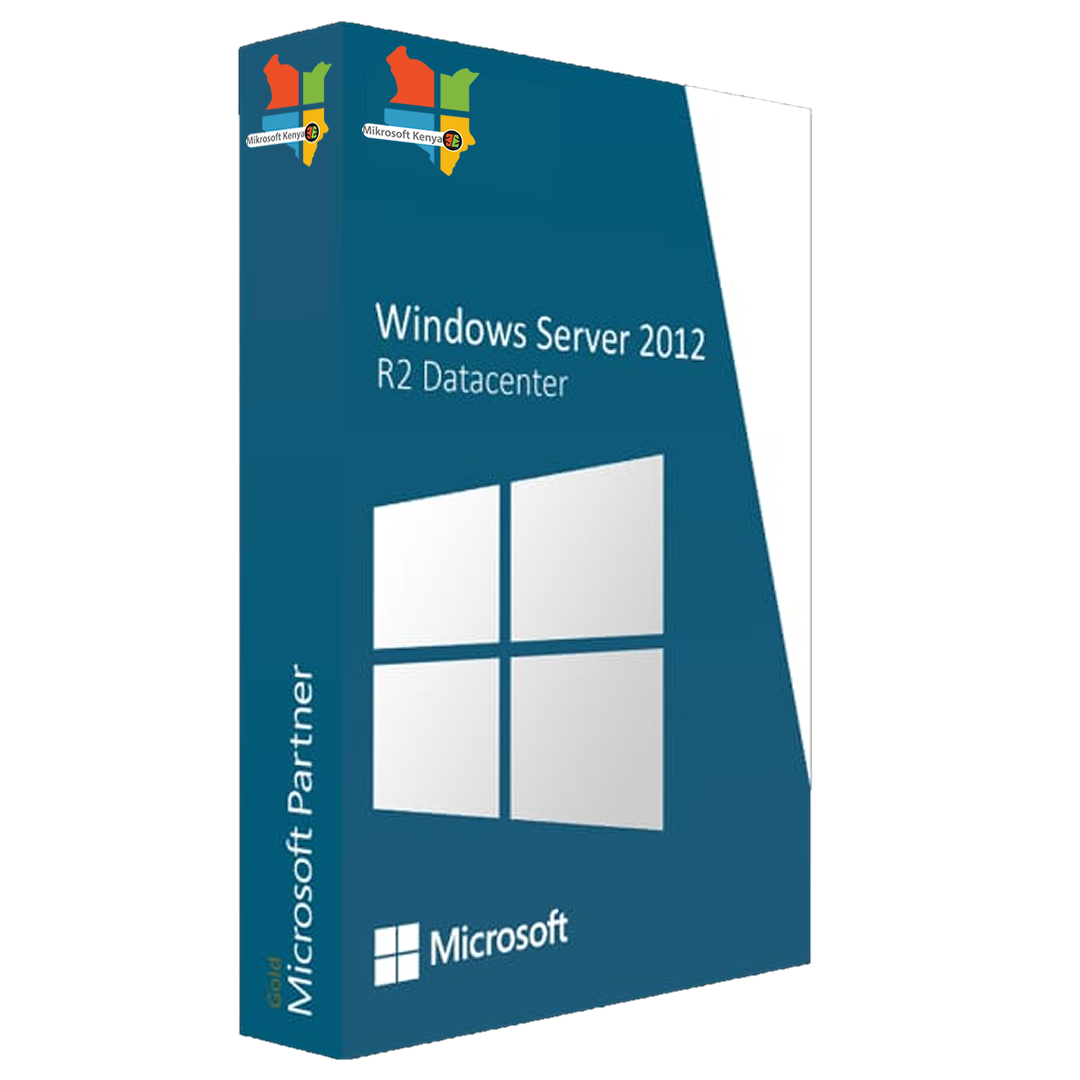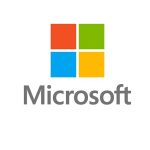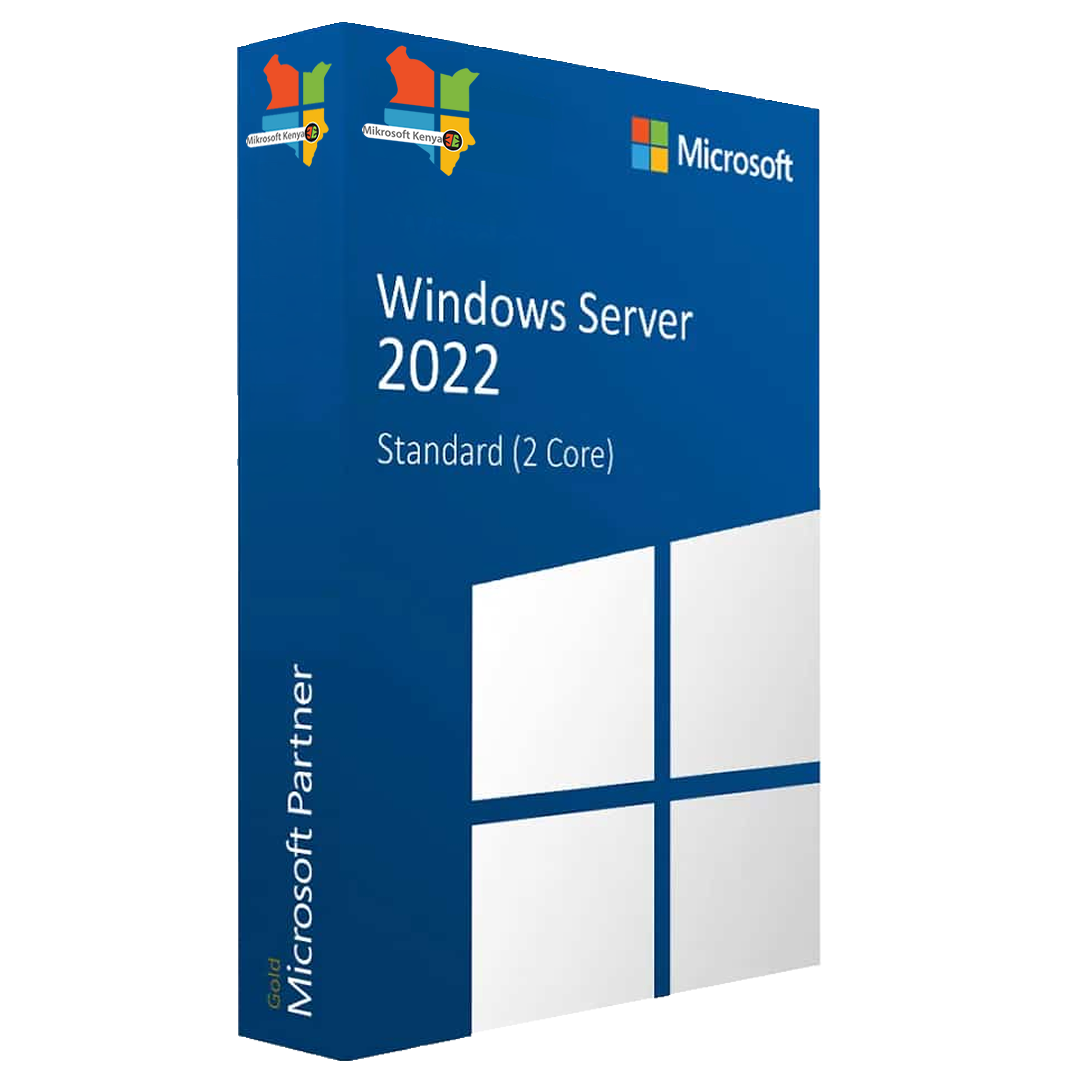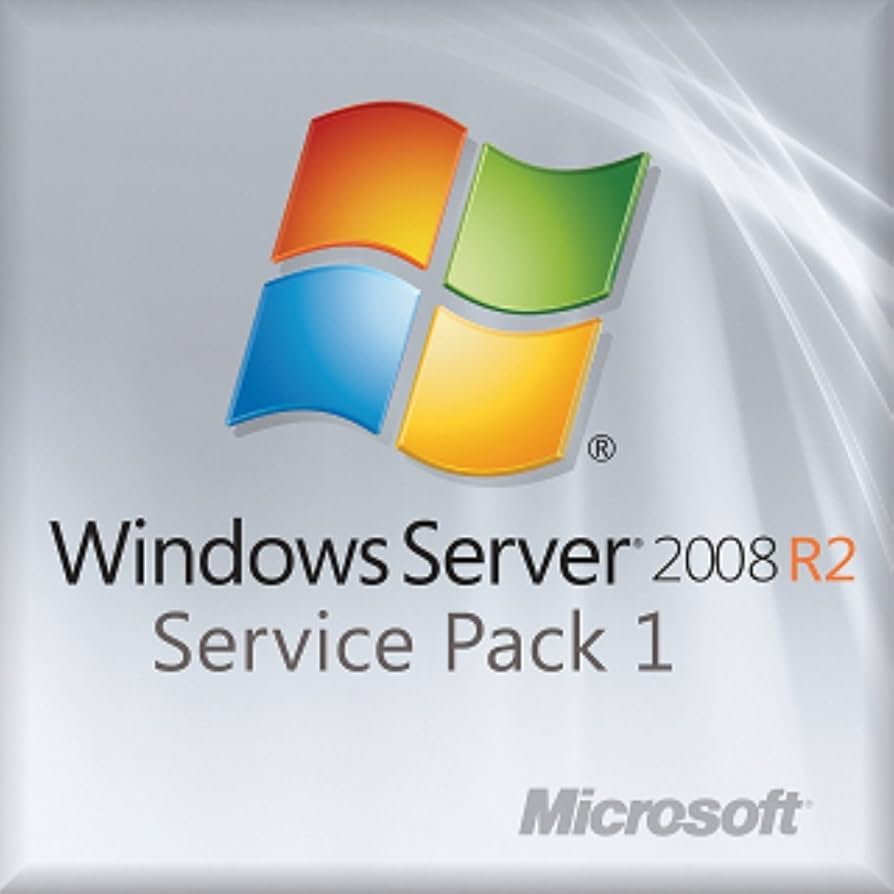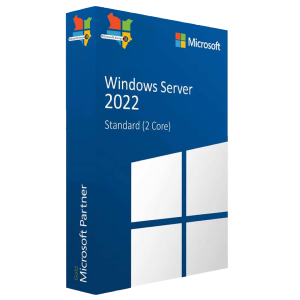Description
Windows Server 2012: Powering the Next Generation of Cloud-Optimized Data Centers
Windows Server 2012, the successor to Windows Server 2008, brings unparalleled enhancements to the world of enterprise computing. It is designed to meet the demands of modern data centers and business infrastructures with robust virtualization, storage, networking, and automation features. With cloud-optimized capabilities, Windows Server 2012 is the backbone of highly efficient, scalable, and secure IT environments, whether on-premises, hybrid, or fully in the cloud.
Why Choose Windows Server 2012?
- Cloud-Optimized Infrastructure
Windows Server 2012 is built with cloud services in mind, offering improved scalability, flexible storage solutions, and integrated management tools. The operating system’s Cloud OS Vision allows seamless integration with private and public cloud environments, delivering an agile and efficient IT infrastructure. - Hyper-V Virtualization Enhancements
Virtualization reaches new heights with Hyper-V 3.0, offering better scalability, improved performance, and greater flexibility. Businesses can now run more virtual machines (VMs) per host, with enhanced support for live migrations, dynamic memory allocation, and Hyper-V Replica for disaster recovery. - Storage Solutions with Storage Spaces
Windows Server 2012 introduces Storage Spaces, a revolutionary technology that allows you to combine multiple physical drives into virtual storage pools. This provides efficient, scalable, and flexible storage, reducing the complexity of storage management. Data Deduplication also reduces disk space usage by optimizing storage and eliminating redundant data. - Improved Networking with NIC Teaming
Network performance and availability are critical for modern businesses. NIC Teaming allows multiple network adapters to be grouped, providing higher throughput, load balancing, and failover capabilities. Enhanced networking features like IP Address Management (IPAM) simplify IP address tracking and allocation across the network. - Simplified Management with PowerShell 3.0
With PowerShell 3.0, Windows Server 2012 offers powerful automation capabilities. IT administrators can script complex tasks, deploy configurations, and automate routine management across the infrastructure with ease, saving time and reducing errors. - Dynamic Access Control (DAC)
Security is strengthened with Dynamic Access Control, enabling more granular control over data access. DAC uses claims-based access controls and centralized policies to regulate who can access sensitive information, ensuring compliance and security across your organization. - Robust Remote Access Features
DirectAccess and Remote Desktop Services (RDS) make remote access more secure and streamlined. With DirectAccess, users can access corporate networks securely without the need for traditional VPNs. RDS enables seamless remote desktop access for employees, improving productivity and flexibility.
Technical Specifications (2024 Edition)
- Editions:
- Datacenter: Unlimited virtualization rights, ideal for highly virtualized environments.
- Standard: Limited to two virtual machines per license, suited for smaller deployments.
- Essentials: For small businesses with up to 25 users and 50 devices.
- Foundation: For small businesses with basic IT needs, limited to 15 users.
- Processor Requirements:
- 1.4 GHz 64-bit processor or faster (2 GHz recommended)
- Compatible with x64 instruction set and supports hardware-assisted virtualization (Intel VT or AMD-V)
- Memory (RAM):
- Minimum: 512 MB (2 GB recommended for GUI installations)
- For Hyper-V: Minimum 4 GB of RAM recommended
- Disk Space:
- Minimum: 32 GB available hard disk space (Standard/Core installations)
- Additional space required for VMs and features
- Network:
- Gigabit Ethernet adapter (10/100/1000 base T)
- Virtualization:
- Hyper-V supports both 32-bit and 64-bit virtual machines.
- Features like Live Migration, Hyper-V Replica, and enhanced networking make it a leading platform for virtualization.
Key Features
- Hyper-V 3.0: Industry-leading virtualization with features like live migration, dynamic memory, and Hyper-V Replica for disaster recovery.
- Storage Spaces: Pool physical disks into virtualized storage for flexible, scalable, and cost-effective storage management.
- Data Deduplication: Optimizes disk space by eliminating redundant data across the system.
- Dynamic Access Control (DAC): Enhanced security through claims-based access control for data protection and compliance.
- IP Address Management (IPAM): Simplifies and centralizes IP address tracking and management across your network.
- NIC Teaming: Boosts network performance and reliability by grouping multiple NICs into one for redundancy and load balancing.
- PowerShell 3.0: Automates tasks and improves administrative efficiency with enhanced scripting capabilities.
- DirectAccess & Remote Desktop Services: Secure and seamless remote access for users, improving productivity without compromising security.
- Failover Clustering: Provides high availability and disaster recovery for critical applications and services.
Scalable, Secure, and Cloud-Ready
Windows Server 2012 offers unparalleled improvements for organizations looking to build cloud-optimized, scalable data centers. With advanced virtualization, storage, networking, and management tools, it delivers a powerful and flexible platform for businesses of any size. Whether your goal is to maximize resource utilization, simplify management, or enhance security, Windows Server 2012 is designed to meet the needs of today’s dynamic IT environments.
Upgrade to Windows Server 2012 today and empower your business with a future-ready infrastructure.

